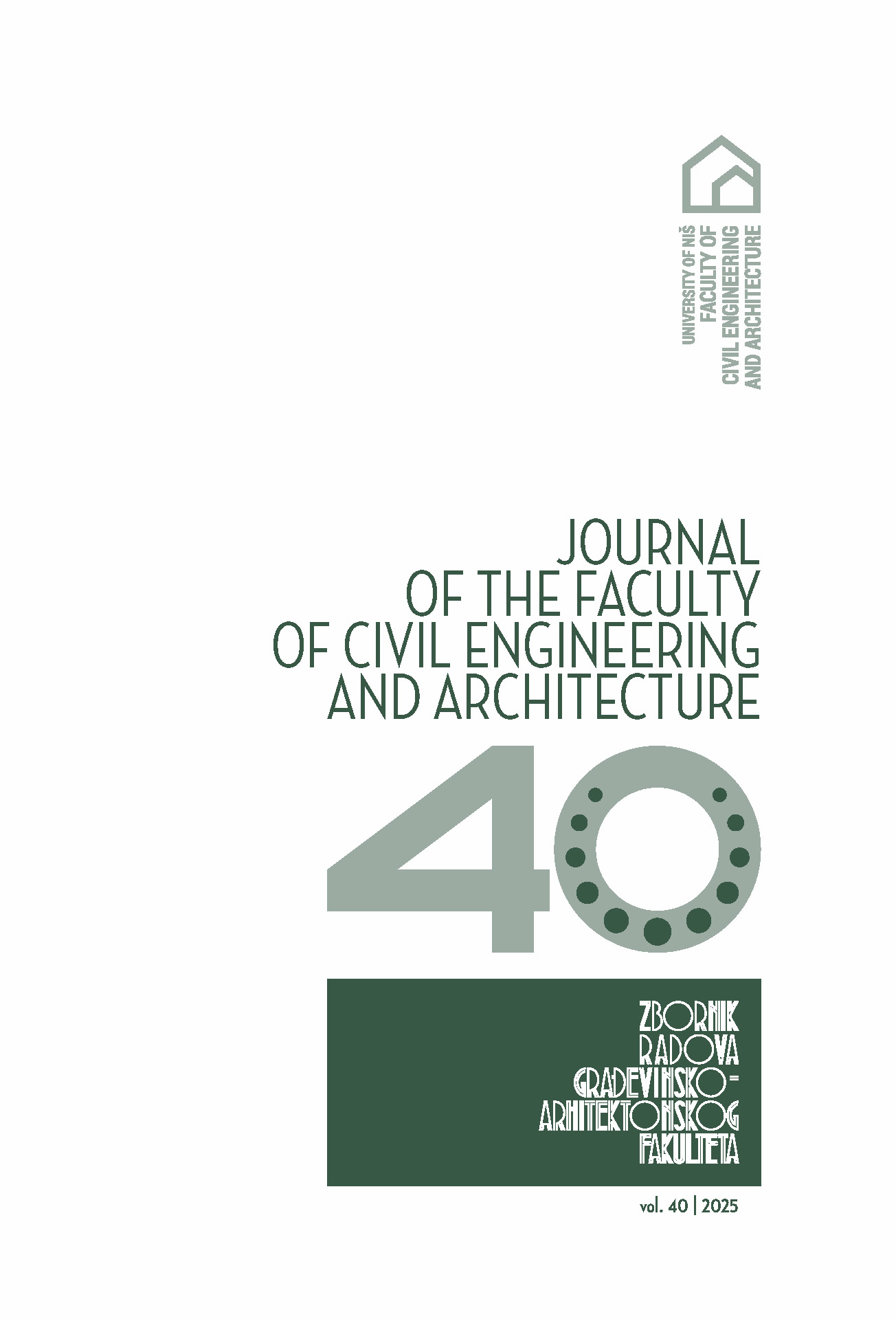This research explores the evolution of public open spaces (POS) in large housing estates (LHE) within the post-socialist context, using the Czech Republic as example. The study investigates the challenges and opportunities associated with the redevelopment of POS, considering the impacts of privatization, socio-economic transformations, and urban renewal policies. It also explores the continuity of urban morphology from the socialist era in the post-socialist period, pointing out the complex connections between inherited urban forms and contemporary needs for urban renewal. The methodological approach is based on an exemplar of best practice analysis, with a specific focus on the Na Dolika LHE, which serves as an illustrative example of POS revitalization efforts. The findings highlight key factors that influence successful redevelopment, including community engagement, sustainable design, and policy frameworks. Additionally, it discusses the first state-level urban renewal policies in Czechia, such as the Program PANEL and Green Light for Savings Program, which aimed to improve technical standards and energy efficiency in buildings, along with public area enhancements. The research contributes to the understanding of post-socialist urban transformation and offers insights for the improvement of POS in similar contexts.

The statements, opinions and data contained in the journal are solely those of the individual authors and contributors and not of the publisher and the editor(s). We stay neutral with regard to jurisdictional claims in published maps and institutional affiliations.